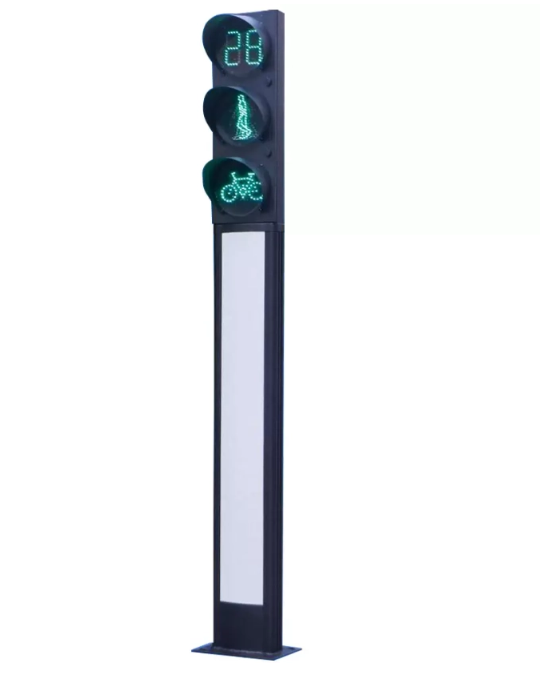In today's world, LED lights have become increasingly popular due to their energy efficiency, longevity, and versatility. However, when it comes to choosing the right LED light for your needs, determining the appropriate wattage can be a daunting task. In this comprehensive guide, we will delve into the factors that influence the ideal wattage for LED lights, ensuring you make an informed decision for your lighting requirements.
- Understanding LED Lighting:
Before delving into wattage considerations, it is crucial to grasp the fundamentals of LED lighting. Light-emitting diodes (LEDs) are semiconductor devices that convert electrical energy into light. Unlike traditional incandescent bulbs, LEDs produce light through electroluminescence, resulting in significantly lower energy consumption and heat generation. - The Relationship between Wattage and Brightness:
Contrary to popular belief, wattage alone does not determine the brightness of an LED light. In traditional incandescent bulbs, higher wattage generally equates to greater brightness. However, with LEDs, brightness is measured in lumens, not watts. Lumens represent the total amount of visible light emitted by a light source. Therefore, to determine the appropriate brightness level, one must consider the lumen output rather than the wattage. - Factors Influencing Wattage Selection:
a. Purpose and Location: The intended purpose and location of the LED lights play a crucial role in determining the optimal wattage. For example, task-oriented areas such as kitchens or workspaces may require higher wattage for enhanced visibility, while ambient lighting in living rooms or bedrooms may benefit from lower wattage for a cozy atmosphere.
b. Room Size and Ceiling Height: The size of the room and the height of the ceiling also impact the wattage selection. Larger rooms or those with higher ceilings may necessitate higher wattage to ensure adequate illumination throughout the space.
c. Desired Lighting Effect: Different individuals have varying preferences for lighting ambiance. Some may prefer brighter, more vibrant lighting, while others may opt for softer, more subdued illumination. Considering the desired lighting effect is crucial in determining the appropriate wattage for LED lights.
- Energy Efficiency and Cost Savings:
One of the primary advantages of LED lights is their energy efficiency. LEDs consume significantly less energy compared to traditional lighting options, resulting in substantial cost savings over time. By selecting the appropriate wattage, you can strike a balance between energy efficiency and desired brightness, optimizing both illumination and cost-effectiveness. - Additional Considerations:
a. Dimming Capabilities: If you desire the flexibility to adjust the brightness levels, it is essential to choose LED lights compatible with dimmer switches. Not all LED lights are dimmable, so ensure compatibility before making a purchase.
b. Color Temperature: LED lights are available in various color temperatures, ranging from warm white to cool white. The color temperature can significantly impact the ambiance and mood of a space. Consider the desired atmosphere when selecting the appropriate color temperature alongside the wattage.
Conclusion:
Selecting the ideal wattage for LED lights involves considering multiple factors, including the purpose and location, room size, desired lighting effect, and energy efficiency. By understanding the relationship between wattage and brightness, you can make an informed decision that aligns with your lighting requirements. Remember, it's not just about the wattage; it's about finding the perfect balance between illumination, energy efficiency, and cost savings.




